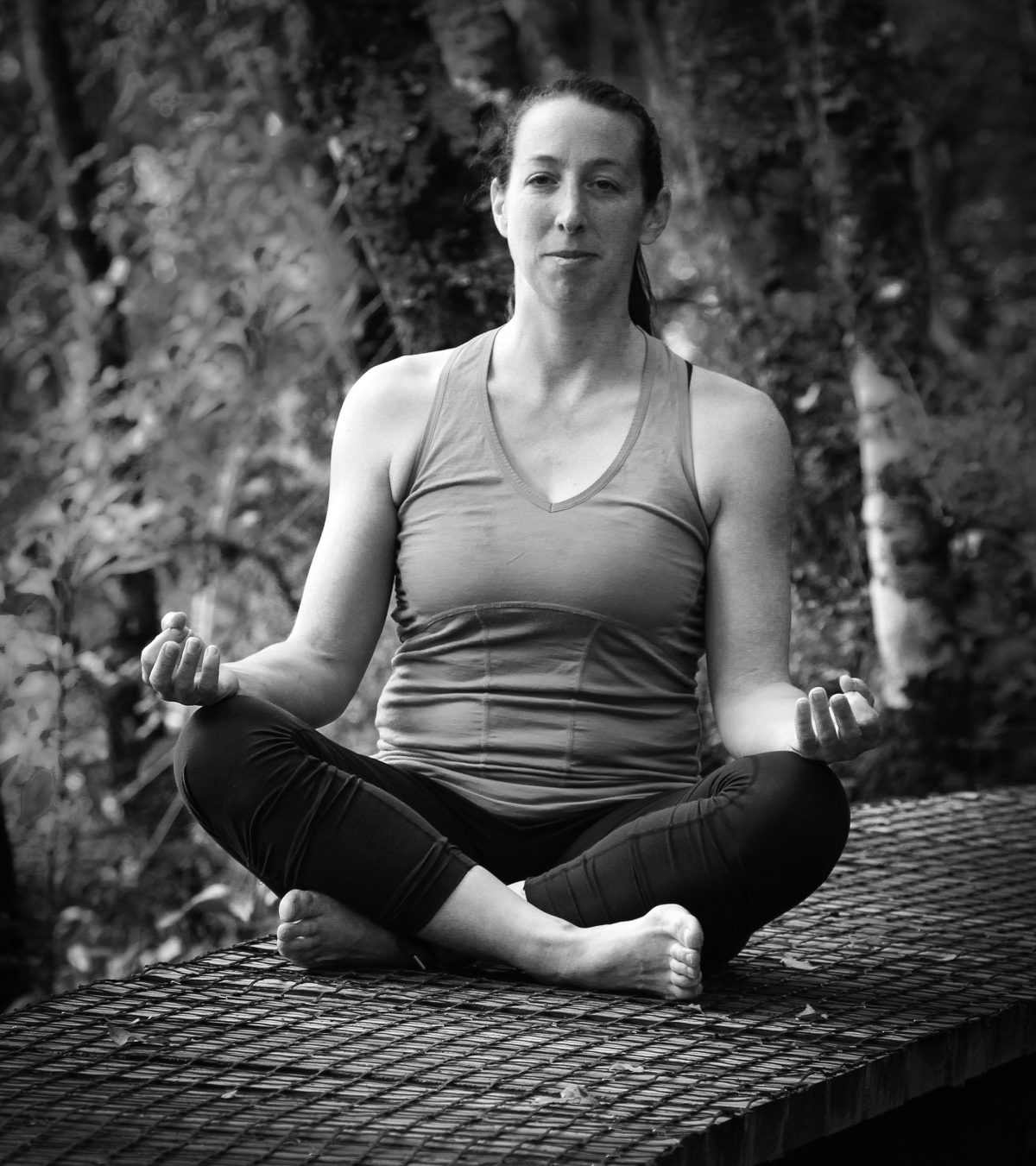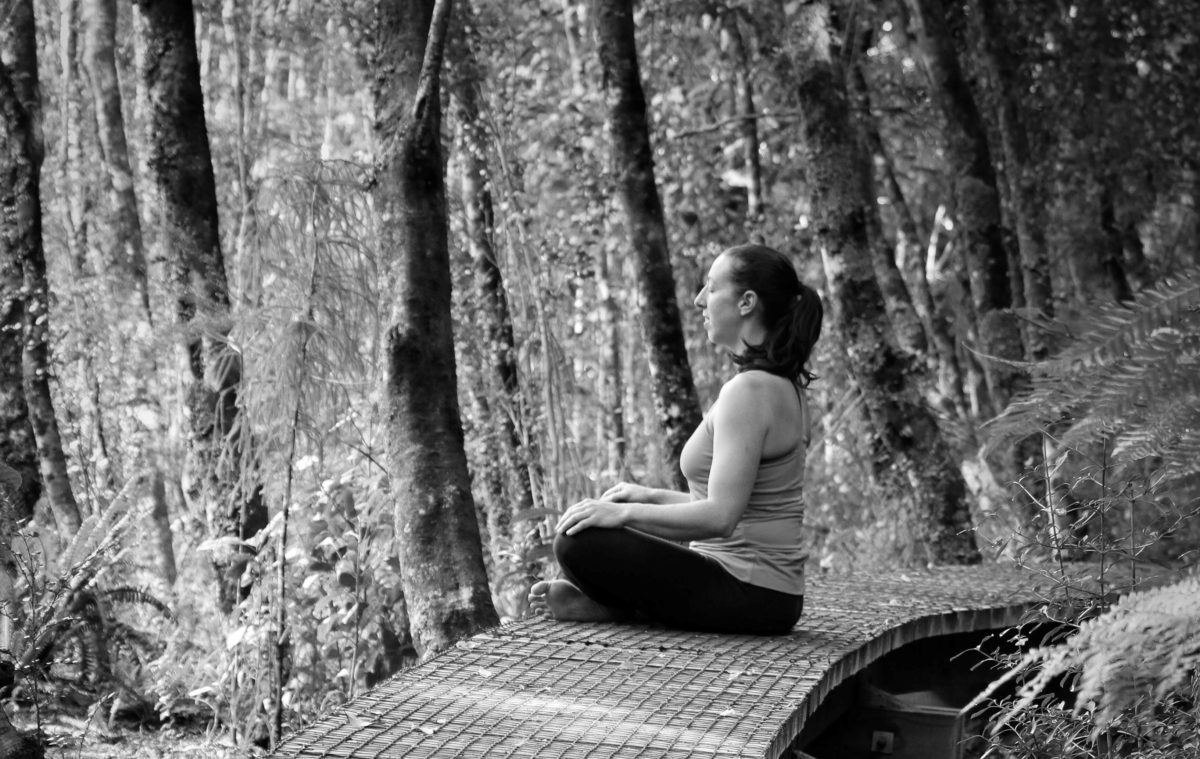A regular attendee at my Yoga for Trampers class shared with me this RNZ podcast interviewing James Nestor, author of Breath: the new science of a lost art. I was intrigued by the podcast, and checked out James website and including Q&A sessions he’s organised with medical experts related to breathing.
James recently interviewed Dr. Deepti Agarwal, an anesthesiologist and pain management specialist based in the US. One of the questions for Dr. Agarwal asked for a recommendation on an easy breathing practice to start with. She suggested the box breathing technique as a good place to start. The box breathing practice involves inhaling for a count of 4, then holding your breath for a count of 4, exhaling for a count of 4, and then holding the breath out for a count of 4. While this can be a practice that helps with learning to train your breathing and can help balance the breath, it is not an easy practice to start with.
Breath retention (called kumbhaka) refers to either holding your breath after an inhale, or holding your breath after an exhale. In yoga, this is considered a more advanced form of pranayama (breathing practice) and not appropriate for beginners. It takes time to develop the skill to do breath retention in a safe way that does not cause tension or stress. Yoga offers specific ways to use bandhas (known as locks) to help with the practice – for breathing practices this can involve specific positions of the head and neck, as well as learning to activate certain muscles in the body. When done wrong, breath retention can have the opposite effective of stimulating the sympathetic nervous system and triggering the fight or flight response, rather than be relaxing.
In BKS Iygengar’s book Light on Pranayama, he outlines 26 steps and tips to learn to safely and effectively practice holding your breath after inhalation. And he notes before trying to learn this form of breath retention that you should master equalising the breath in and out.
So where should you start if you want to explore breathing practices?
The first place to start is simply with awareness of your breath and how this is connected to your body awareness. I’ve written before about two ways to gently explore breath awareness, either through conscious awareness or through movement awareness. It’s really important before you start experimenting with breathing practices that you are able to fully relax your body and breathing patterns. So take time to experiment with breath and body awareness, and pay particular attention to whether your belly is fully relaxed.
When you are ready to start experimenting with breathing practices, try my directions for even breathing or equalising your inhales and exhales, known as sama vritti.
If you find if difficult to change your breathing patterns simply by concentrating, you can also try alternate nostril breathing. This breathing practice involves using your fingers to gently press on your nose to control your breathing.




